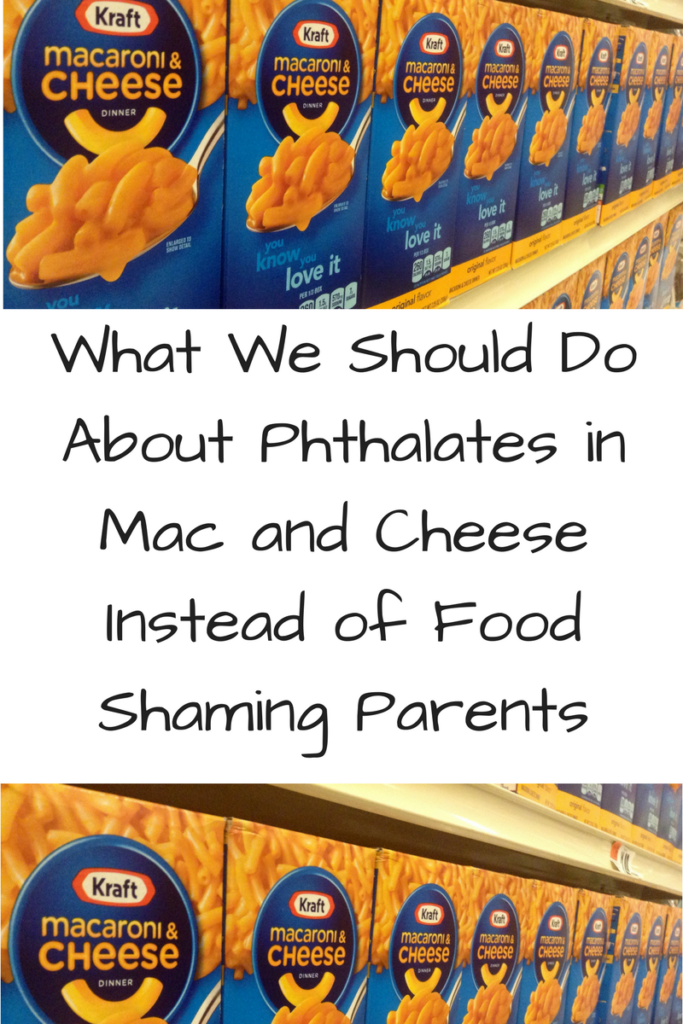
Photo courtesy of Mike Mozart on Flickr.
“So now we can’t eat mac and cheese. Is there anything we can feed our kids?!” That was the cry heard across the land from moms and dads who read the Scary Mommy or New York Times articles on phthalates in mac and cheese. Both of the articles are based on a report put out by a coalition of environmental groups concerned about toxic chemicals in processed food. (If you want to be super data-geeky, here’s the actual data.)




